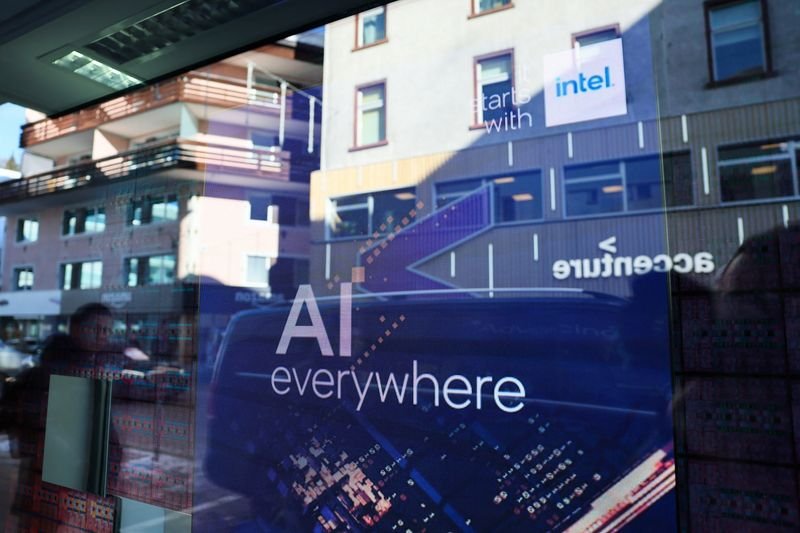In a Wednesday note to clients, Goldman Sachs strategists highlighted key issues that company managements have faced in the second quarter. After reviewing earnings call transcripts, the bank identified three dominant themes: the labor market, consumer behavior, and AI.
Investor attention has shifted back to the labor market after July’s payrolls report came in below expectations. Despite this, Goldman’s economists note that job openings still point to strong labor demand. The recent uptick in the unemployment rate to 4.3% was largely due to temporary layoffs and labor supply issues, particularly for new immigrants.
“Company commentary this quarter regarding hiring plans and the labor market largely reflects a healthy labor market,” strategists said in the note.
Although some companies have discussed reducing headcount or slowing hiring, the overall tone suggests a better alignment between hiring needs and the available workforce, marking a major shift from the post-pandemic period when labor shortages were a major issue. The share of companies mentioning labor shortages has now returned to pre-pandemic levels, and references to layoffs in earnings calls remained low in 2Q.
Regarding the state of the consumer, companies’ commentary on 2Q earnings calls has reflected mixed sentiment, according to Goldman Sachs.
While some companies reported weaker sales due to ongoing macroeconomic pressures on consumers, others observed resilient spending. Discussions frequently centered on the affordability of products and disparities between low- and high-income consumers.
Meanwhile, quantitative results from consumer earnings reports align with broader macroeconomic data, indicating a generally healthy U.S. consumer.
Consumer Discretionary and Consumer Staples sectors showed a 60/40 split between earnings beats and misses, challenging the idea that all consumer-facing stocks are struggling.
The US Consumer Dashboard also points to a reasonably healthy consumer, though economic data highlight growing disparities between income cohorts, with lower-income consumers facing slower income growth and divergent consumer sentiment compared to higher-income groups.
On the AI front, 2Q earnings calls continued to reflect strong hype around the technology, with a particular focus on the significant investments required to harness it.
Hyperscalers like Amazon (NASDAQ:), Google (NASDAQ:), Microsoft (NASDAQ:), and Meta (NASDAQ:) were closely watched as investors assessed both the demand for AI-enabled products and services and the companies’ AI investment plans, strategists note.
Following their earnings reports, consensus estimates for 2025 hyperscaler capital expenditures and R&D increased by 3%. This ongoing investment trend was echoed by companies involved in building AI infrastructure, including data center REITs, utilities, and semiconductor manufacturers.
“These AI infrastructure companies highlighted that continued investment in AI would translate into a continued tailwind for their businesses,” strategists said.
Beyond the hyperscalers, other firms emphasized the efficiency and productivity gains achieved through AI.
Year to date, AI infrastructure stocks have outperformed the equal-weight S&P 500 by 20 percentage points, compared to 3 percentage points of underperformance for stocks tied to AI-enabled revenues and long-term productivity gains.
Read the full article here


